Kansas became the 34th state when it was admitted into the Union in 1861. It has several unofficial nicknames, including The Free State, chosen because it was admitted to the Union as a free state, rather than a slave state. Others call Kansas The Wheat State since it produces the most wheat of any state. However, Kansas’ only official nickname is The Sunflower State. This article explores the origins of Kansas’s nickname and other Kansas state insignia, including six of its official state animals.
Why Is Kansas Called the Sunflower State?
Although The Sunflower State is regarded as the official nickname of Kansas, it has never been legally adopted by state legislation. The origin of Kansas’ nickname is the state’s wild native sunflower, which has been the official state flower since 1903. Today, Kansas is the fourth-largest producer of sunflowers in the United States. Sunflowers grown in Kansas are used for sunflower seed oil and biofuel.
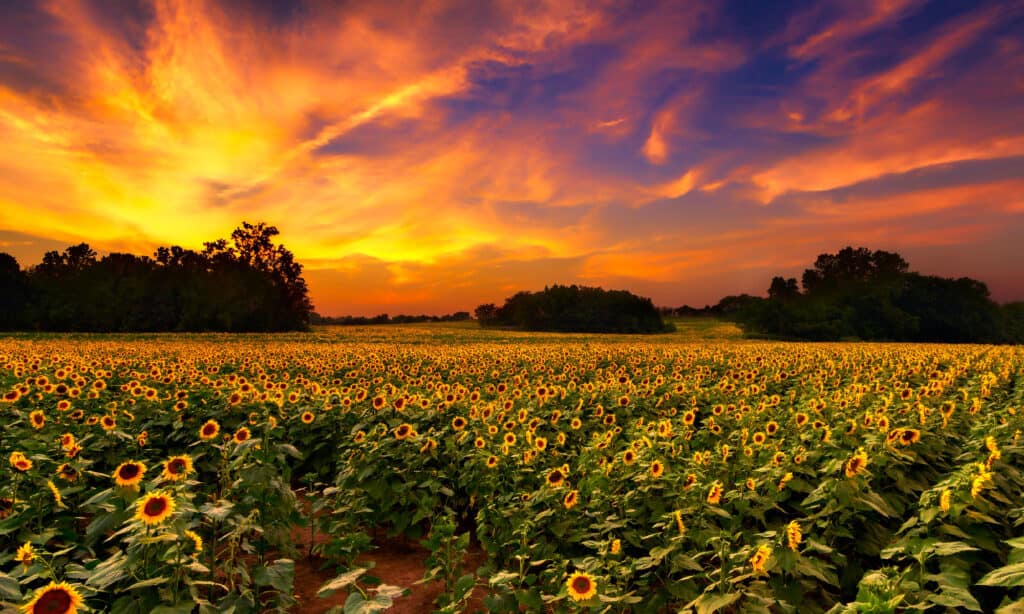
The common sunflower is native to Europe but was domesticated in North America around 2600 BCE.
©iStock.com/tomofbluesprings
Sunflower State Insignia
Sunflower State Animals
Kansas has eight official state animals, six of which are extant (currently living) species and two of which are fossils. Let’s briefly explore the six extant state animals of Kansas!
State Animal: American Bison (Bison bison)
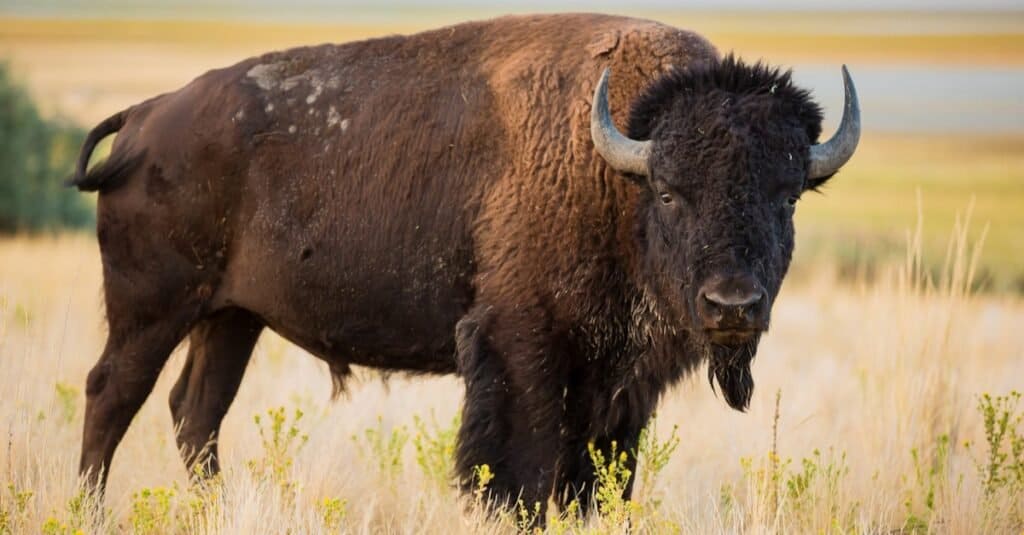
American bison are the largest mammal in North America, sometimes weighing up to 2,600 pounds.
©O.S. Fisher/Shutterstock.com
The American bison has been the official state animal of Kansas since 1955. Bison are native to North America, but today the only wild bison in America live in National Parks and National Wildlife Refuges. There are two subspecies of American bison, the wood bison (Bison bison athabascae) and the plains bison (Bison bison bison).
State Bird: Western Meadowlark (Sturnella neglecta)

Western meadowlarks nest on the ground in grasslands.
©iStock.com/Gary Gray
The western meadowlark has been the official state bird of Kansas since 1937. Western meadowlarks are also the official state bird of five other states: Montana, Nebraska, North Dakota, Oregon, and Wyoming. These beautiful, bright yellow birds live in Kansas year-round.
State Fish: Channel Catfish (Ictalurus punctatus)

The channel
catfish
is the most numerous catfish species in North America.
©Aleron Val/Shutterstock.com
In 2018, the channel catfish became the official state fish of Kansas. It is one of the most popular fish species for anglers in Kansas. Channel catfish have an incredible sense of smell, which allows them to find food in dark or muddy water.
State Reptile: Ornate Box Turtle (Terrapene ornata ornata)

The ornate
box turtle
is only found in the United States.
©Matt Jeppson/Shutterstock.com
The ornate box turtle has been the official state reptile of Kansas since 1986. Ornate box turtles are one of the two subspecies of the western box turtle (Terrapene ornata). The ornate box turtle is a small terrestrial turtle species, measuring only 4-6 inches long. According to the Missouri Department of Conservation, ornate box turtles can live for up to 50 years!
State Amphibian: Barred Tiger Salamander (Ambystoma mavortium)
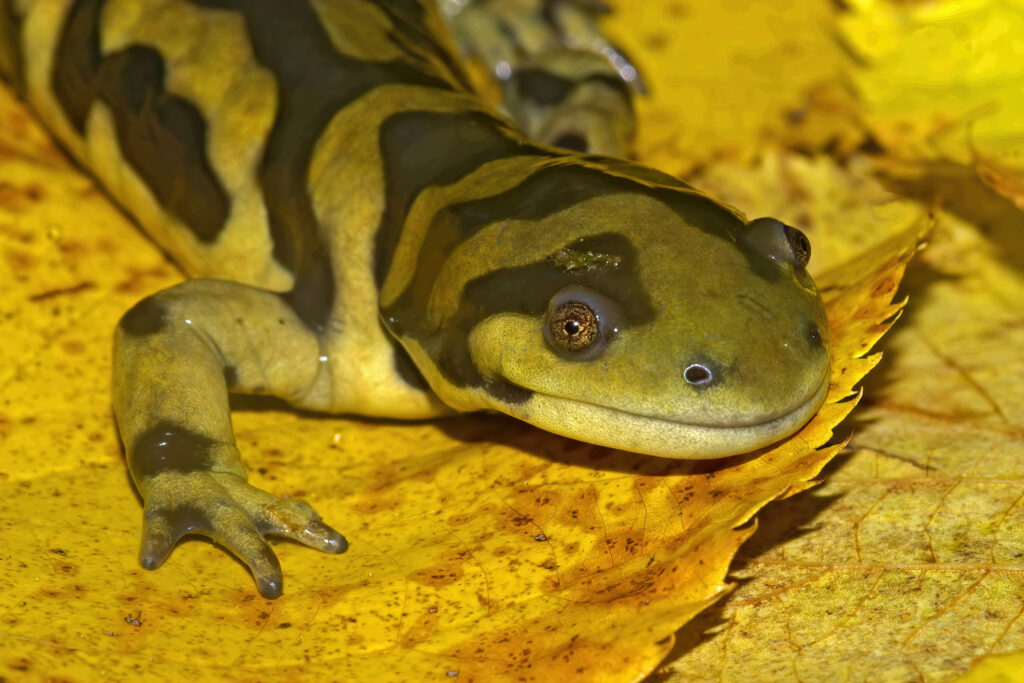
The barred
tiger
salamander is the state amphibian of both Kansas and Colorado.
©iStock.com/Wirestock
The barred tiger salamander has been the official state amphibian since 1994, after being nominated by a second-grade class in Wichita. Barred tiger salamanders are one of the two amphibian species that live across all of Kansas, rather than only living in parts of the state. It is the largest terrestrial salamander species in the world and is typically 6-8.5 inches long.
State Insect: Honeybee (Apis mellifera)
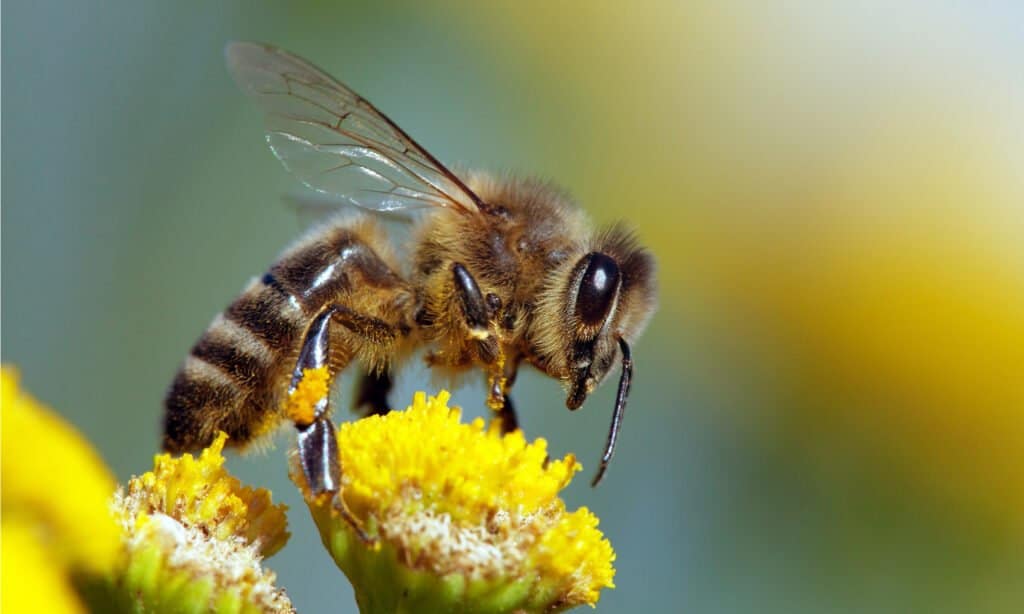
Honeybees are pollinating insects native to Europe.
©Daniel Prudek/Shutterstock.com
The honeybee has been the official state insect of Kansas since 1976. Despite being native to Europe, the honeybee is the official state insect of 19 U.S. states. Kansas House Bill 2236 compares the honeybee to Kansans, stating that both are “proud” and “always helping others”.
Kansas State Plants
There are three official state plants of Kansas: a flower, a tree, and a grass species. Let’s explore the state plants of Kansas, including the flower that Kansas gets its official state nickname from.
Kansas State Flower: Wild Native Sunflower (Helianthus annuus)
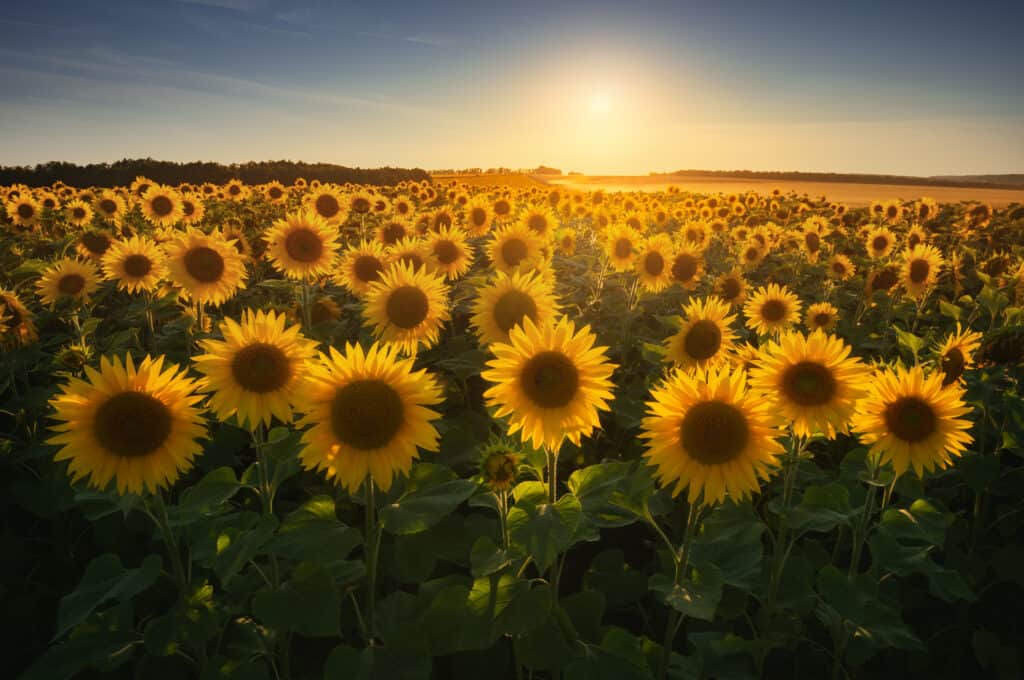
Kansas grew 89 million pounds of sunflowers in 2018, worth over $16 million.
©iStock.com/oleshkonti
The official state flower of Kansas is the wild native sunflower. While several species of sunflower grow in Kansas, the common sunflower (Helianthus annuus) is a major crop for the state.
Kansas State Tree: Plains Cottonwood (Populus deltoides monilifera)
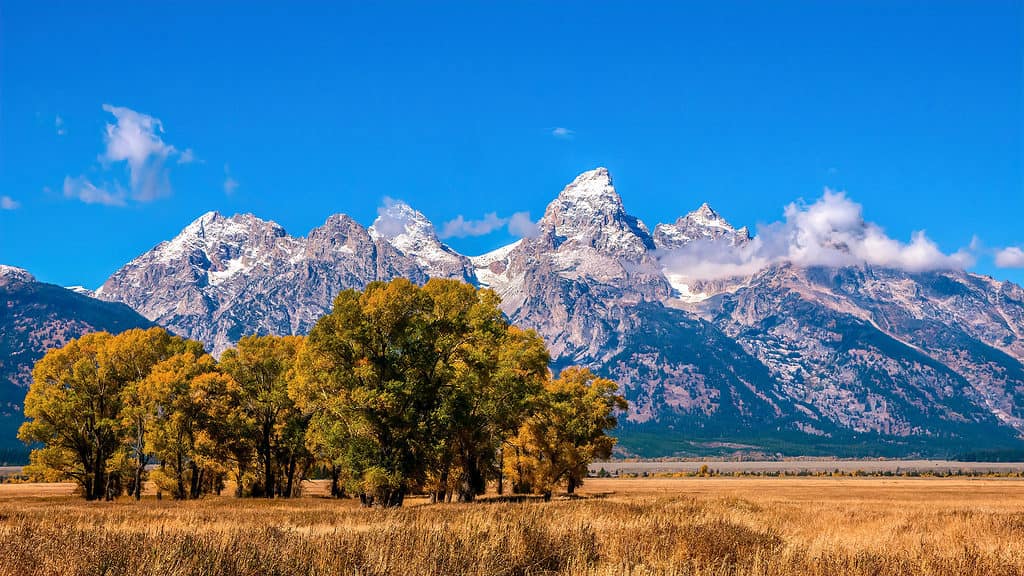
Plains cottonwood trees are native to the plains of the central United States and southcentral Canada.
©CherylRamalho/Shutterstock.com
The plains cottonwood, which became the official state tree of Kansas in 1937, is a subspecies of the eastern cottonwood (Populus deltoides).
Kansas State Grass: Little Bluestem (Schizachyrium scoparium)
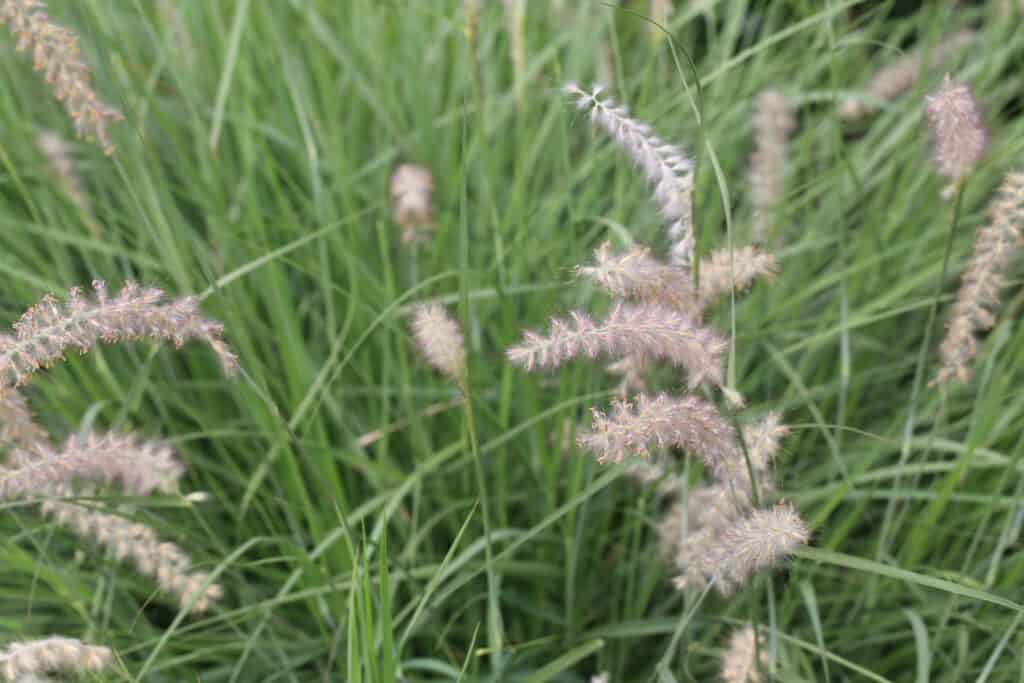
Little bluestem is a species of bunch grass that flowers in mid to late summer.
©Traveller70/Shutterstock.com
In 2010, little bluestem became the official state grass of Kansas. Little bluestem is a native perennial grass that is abundant in the United States plains.
The photo featured at the top of this post is © iStock.com/oleshkonti
Thank you for reading! Have some feedback for us? Contact the AZ Animals editorial team.







